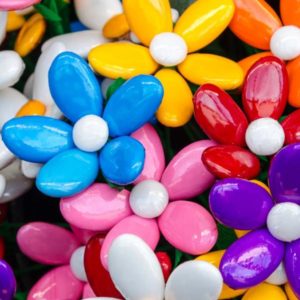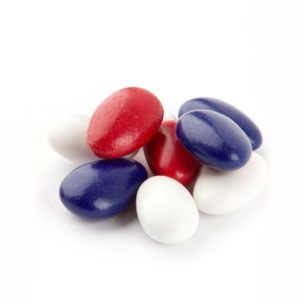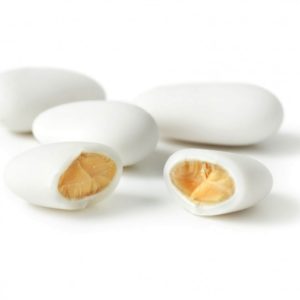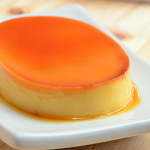Coacervation is a physicochemical process where macromolecules—typically proteins and polysaccharides—form dense, polymer-rich aggregates capable of entrapping solvents. These structures, called coacervates, retain liquid within their network and can be dried into powder form for applications such as microencapsulation.
While simple coacervates may use a single polymer, commercial coacervation systems often involve a combination for enhanced performance. One established pairing is cationic gelatin with anionic acacia gum, facilitated by acetic acid, which promotes electrostatic attraction between the oppositely charged polymers (pH-dependent interaction).
Why Acacia Gum Excels
Acacia gum (gum Arabic), a complex carbohydrate polymer, brings several advantages to coacervation systems:
Weak electrolyte behavior with available carboxyl groups, contributing negative charges
Low viscosity, enabling uniform phase separation
Good emulsifying properties, promoting adhesion and stabilization of dispersed particles
Non-toxic, biodegradable, and cost-efficient, suited for pharmaceutical, food, and cosmetic formulations
Compatible with other hydrocolloids, including starches, making it a flexible additive in multi-polymer blends
These properties allow acacia gum to serve as a reliable matrix for encapsulating sensitive bioactives such as flavors, nutrients, enzymes, or drugs—preserving stability and controlling release.
- صفحه نخست
- دربـاره مـا
- محصولات ما









شرکت کاراگام پارسیان







- مقاله ها
- ارتباط با ما
- 44280984| 021
- info@caragum-parsian.com
Main Menu
نشانی ما
- تهران خیابان آیت اله کاشانی نبش خیابان محرابی
- مجتمع تجاری اداری اترک ط۶واحد ۶۰۸
- 46092563,64 | 021
- 44280984,85 | 021
- 4410855| 0993
- info@caragum-parsian.com











